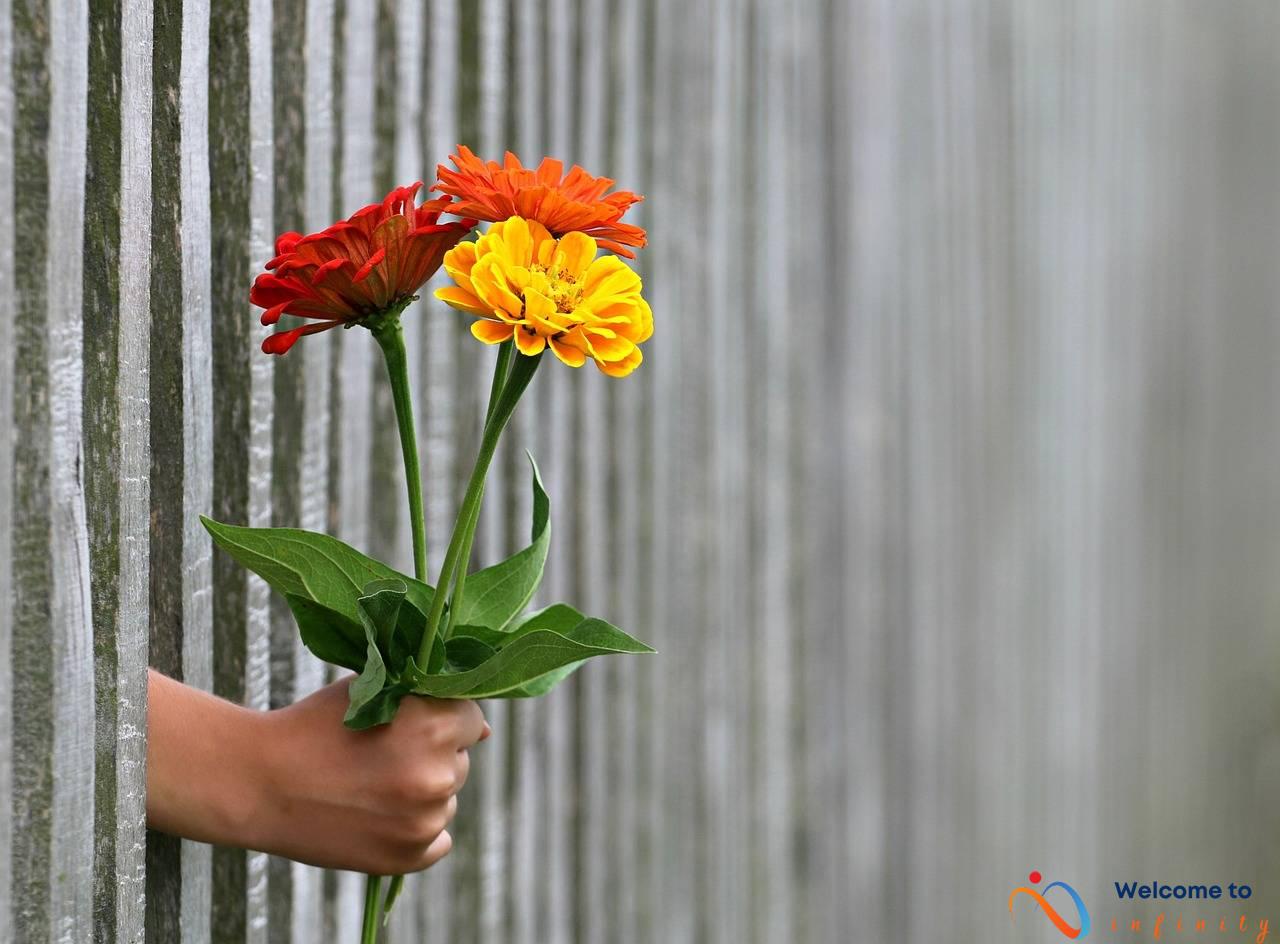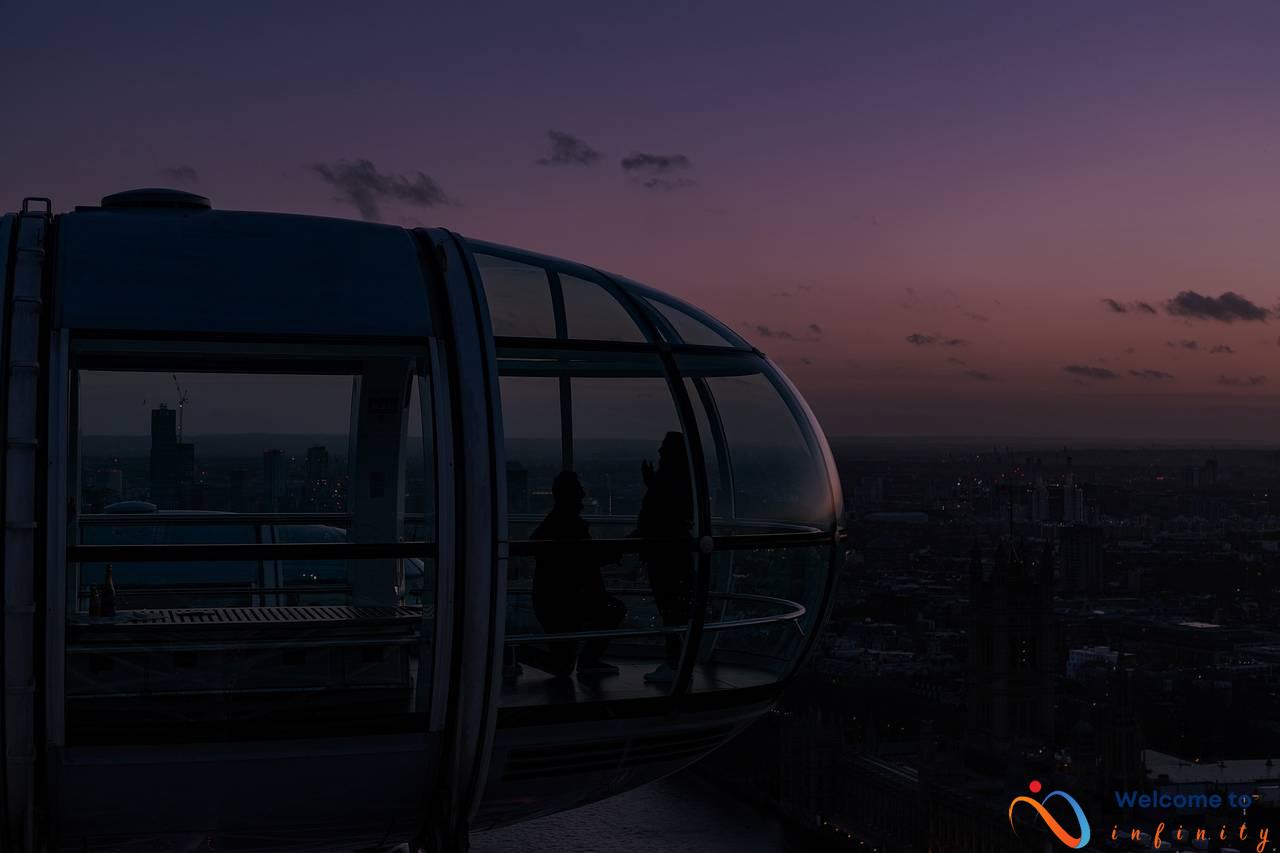weddings are a time to celebrate love, family, and the future. As our society continues to recognize and appreciate the diversity of individuals in our communities, we also recognize the importance of making weddings accessible to everyone. This includes creating wedding invitations that are accessible to guests with disabilities or other accessibility needs. For some guests, invitations that are not designed with accessibility in mind may be difficult to read, comprehend, or respond to. This is why the need for accessible wedding invitations continues to grow.
Accessible wedding invitations are designed with the needs of guests with disabilities in mind. They include design elements that make the invitations easy to read, understand, and respond to. This may include using larger fonts, clear and contrasting colors, and incorporating braille or audio descriptions. Accessible invitations may also utilize text-based design elements, such as simpler language and shorter sentences, to be more inclusive of guests with reading or cognitive disabilities.
It's important to consider the needs of guests with disabilities when designing wedding invitations. Not only is it legally and ethically important to ensure that everyone has equal access to information, but it also plays a role in creating inclusive wedding environments. Accessible wedding invitations help to foster a sense of belonging and acceptance for all guests, and can help to eliminate any barriers that may prevent someone from attending or enjoying your special day.
- Accessible wedding invitations play an important role in creating accessible and inclusive wedding environments
- Design elements such as larger fonts, clear and contrasting colors, and accessible formats such as braille or audio descriptions can help make invitations more accessible to guests with disabilities or other accessibility needs
- Creating accessible invitations is not only important legally and ethically, but it also helps to make everyone feel included and accepted
Overall, when it comes to wedding invitations, creating accessible designs should not be overlooked. It's important to prioritize the needs of all guests to ensure that they have the best possible experience at your wedding. Celebrate inclusion from the start and make your wedding invitations accessible to everyone!
What Are Accessible Wedding Invitations?
Accessible wedding invitations are designed to be inclusive of all guests, regardless of any disabilities or accessibility needs they may have. Accessible design elements can include visual design considerations, such as using high contrast colors or larger fonts for guests with visual impairments. Text-based design elements, such as using plain language and avoiding complicated wording, can also be important for guests with reading or cognitive disabilities.
When designing wedding invitations, it's important to consider the needs of all guests and ensure that everyone can participate in the celebration. This can mean including important information in a range of formats, such as Braille or audio recordings for guests with visual impairments. Providing alternative formats can ensure that all guests can access important wedding information, such as the date, time, and locations of events.
In addition to considering the design elements of wedding invitations, it's also important to choose printing and production methods that are accessible. This can include using accessible printing options, such as raised ink or large print, or choosing paper that is easy to read for guests with visual impairments.
Why Are Accessible Wedding Invitations Important?
When planning a wedding, it is important to consider the needs of all guests, including those with disabilities or other accessibility needs. Accessible wedding invitations are an essential element of creating an inclusive wedding celebration. Without them, you risk excluding guests and sending the message that their needs are not valued.
Accessible wedding invitations are important because they ensure that all guests can easily understand the event details and feel welcomed. Guests with visual impairments may require large font sizes or braille, while guests with reading or cognitive disabilities may benefit from simplified language or audio descriptions. By providing multiple formats and design elements that cater to a variety of needs, you can ensure that all guests receive the information they need to participate fully.
Failing to provide accessible wedding invitations can have legal and ethical implications as well. Discrimination against guests with disabilities is prohibited by law in many countries, and inaccessible invitations could be seen as a violation of this. Not only is this potentially illegal, but it sends a negative message to guests and undermines the spirit of inclusivity that many couples strive to achieve.
Creating accessible wedding invitations is just one step in creating an inclusive wedding space. By prioritizing accessibility from the start, you can signal to guests that their needs are important and valued. This can set the tone for the entire wedding celebration, creating a welcoming and inclusive environment for all.
Legal and Ethical Considerations
When designing wedding invitations, it is important to consider the legal and ethical implications of failing to provide accessible options for guests with disabilities or accessibility needs. According to the Americans with Disabilities Act (ADA), businesses and organizations must provide reasonable accommodations to individuals with disabilities. While a wedding invitation may not be considered a business, it can still fall under this requirement if the event is held in a public space or includes hired vendors.
Furthermore, failing to provide accessible invitations can also be seen as an ethical concern. Wedding celebrations are a meaningful and joyous occasion, and it is important to ensure that everyone feels included and welcome. By excluding individuals with disabilities or accessibility needs from receiving invitations, it can convey a message that they are not valued or welcome in the celebration.
Additionally, accessible invitations can help set the tone for the entire wedding celebration and emphasize the importance of inclusion from the start. This can create a more welcoming and positive environment for all guests and lead to a more enjoyable and memorable experience for everyone.
Overall, considering the legal and ethical implications of failing to provide accessible wedding invitations is important for creating an inclusive and welcoming environment for all guests. By prioritizing accessibility in the design and production of wedding invitations, couples can demonstrate their commitment to celebrating diversity and inclusion in their special day.
Creating Inclusive Spaces
One of the key benefits of accessible wedding invitations is that they help create inclusive wedding environments. By considering the needs of all guests, including those with disabilities or other accessibility needs, we can ensure that everyone feels welcome and included in the celebration. This is especially important as weddings become more diverse and accessible to people from all walks of life.
Accessible wedding invitations are just one piece of the puzzle when it comes to creating an inclusive wedding environment. Other considerations might include accessible transportation to the venue, sign language interpreters for the ceremony, or accommodations for guests with dietary restrictions. Together, these elements can help create a truly welcoming and accessible environment that all guests can enjoy.
Creating an inclusive space also sends a strong message to guests that everyone is valued and included. This can set the tone for the entire celebration, encouraging guests to be more understanding and supportive of each other throughout the event. By prioritizing accessibility and inclusion from the very beginning, we can help set the stage for a truly memorable and meaningful wedding celebration.
Designing Accessible Invitations
When designing accessible wedding invitations, there are several tips and best practices to consider. One of the most important considerations is to ensure that the invitation is easy to read and understand. This means using clear and legible fonts and avoiding dense blocks of text.
Another important element of accessible design is to ensure that the invitation provides adequate information about accommodations for guests with disabilities. This may include information about wheelchair accessibility or the availability of sign language interpreters.
When it comes to visual design elements, high contrast colors can make invitations more accessible for those with visual impairments. It's also important to avoid using text over complex backgrounds or images, which can make it difficult for some people to read.
In addition to these design elements, it's important to consider the format of the invitation itself. Providing the invitation in multiple formats, such as digital and print versions, can make it more accessible for a wider audience.
Finally, it's important to be open to feedback and work with guests to ensure that their needs are being met. Creating accessible wedding invitations is an important step in creating an inclusive wedding environment, but it's only the first step. By prioritizing accessibility throughout the planning process, couples can ensure that all guests feel comfortable, welcome, and valued.
Visual Design Elements
People with visual impairments should not be excluded from enjoying wedding invitations. Therefore, it's important to consider visual design elements when designing accessible wedding invitations. Here are a few tips:
- Make sure the font size is at least 12 points and the font style is easy to read like Times New Roman or Arial.
- Use high-contrast colors between the background and text. For example, use black on white or white on black.
- Provide enough white space around text or images so that it's easier to distinguish and read.
- Consider using tactile elements such as braille or raised printing for guests who are blind or have low vision.
Additionally, it's important to inform guests with visual impairments about the visual design elements in the invitation. You can include an accessible note or tagline like “This invitation is designed with accessibility in mind” to let your guests know that you have considered their needs.
In conclusion, by incorporating visual design elements and providing clear information, you can create a visually appealing and accessible wedding invitation that is inclusive to all guests, including those with visual impairments.
Text-based Design Elements
For guests with reading or cognitive disabilities, accessible wedding invitations require special attention to text-based design elements. Here are some tips to make your wedding invitations more inclusive:
1. Use Sans Serif Fonts: Sans Serif fonts, like Arial or Helvetica, are easier to read for those with visual or cognitive disabilities. Avoid fancy fonts or cursive styles.
2. Contrasting Colors: Ensure that the text color contrasts well with the background. White text on a black background or dark colored text on a light colored background is easier to read.
3. Large and Clear Fonts: Use a font size of at least 12 points or larger to make the text more legible. Ensure the text is well spaced and does not run together.
4. Simplify Wording: Use simple language, shorter sentences, and bullet points, to make it easier for guests with reading difficulties to understand the content.
5. Add Descriptive Images: Use images, graphics, or icons to convey the message, especially if there is an event location or time.
By following these text-based design tips, you will ensure your wedding invitations are accessible to all guests, regardless of reading or cognitive disabilities. It shows that you care about the needs of all your guests and want everyone to feel included.
Choosing Accessible Printing and Production Methods
When it comes to printing and producing accessible wedding invitations, there are a variety of options and considerations to keep in mind. Here are some tips for designing an invitation that is accessible to guests with a range of needs:
First, consider the size and type of font used in the invitation. A larger, clearer font will be more accessible to guests with visual impairments or reading difficulties. Use of sans-serif fonts such as Arial or Verdana can help improve readability for those with dyslexia.
Next, consider the use of color in the invitation design. Avoid using red or green text as they can be difficult for those with color blindness to distinguish. Provide contrasting colors to make the text more clear and legible.
It's also important to consider the paper quality and texture used in production. Use of coated paper may make text difficult to read for individuals with vision impairments. Opt for a higher quality uncoated paper instead.
Consider using tactile elements such as raised or embossed text for guests with visual impairments or braille for guests with blindness. Providing audio or video instructions for guests who do not read printed text can also be an effective solution.
Finally, consider working with a professional printer who has experience working with accessibility needs. They can provide a range of options and recommendations to ensure your invitations are accessible and inclusive.
By keeping these options and considerations in mind, you can create a wedding invitation that is accessible to all guests and shows your commitment to inclusion and diversity.
Conclusion: Celebrating Inclusion from the Start
Accessible wedding invitations are more than just a legal or ethical obligation. They signify a commitment to creating a truly inclusive wedding celebration from the start. By prioritizing accessibility in the design and production of wedding invitations, couples can send a clear message of welcome and inclusion to all their guests.
When guests receive accessible invitations, they are more likely to feel valued and appreciated. They will know that their needs and experiences have been considered, and that they are an important and integral part of the celebration.
Moreover, accessible wedding invitations set the tone for the entire wedding. They demonstrate that accessibility is not an afterthought, but a foundational value of the celebration. This sends a powerful message of inclusivity and respect to all guests, whether or not they have accessibility needs.
Ultimately, prioritizing accessibility in wedding invitations is not just a legal or ethical requirement – it is a way to clearly communicate the couple's values and commitment to celebrating diversity and inclusion from the very start of their marriage. By embracing accessibility in all aspects of wedding planning, couples can create joyful and truly inclusive celebrations that reflect the beauty and diversity of their love.












